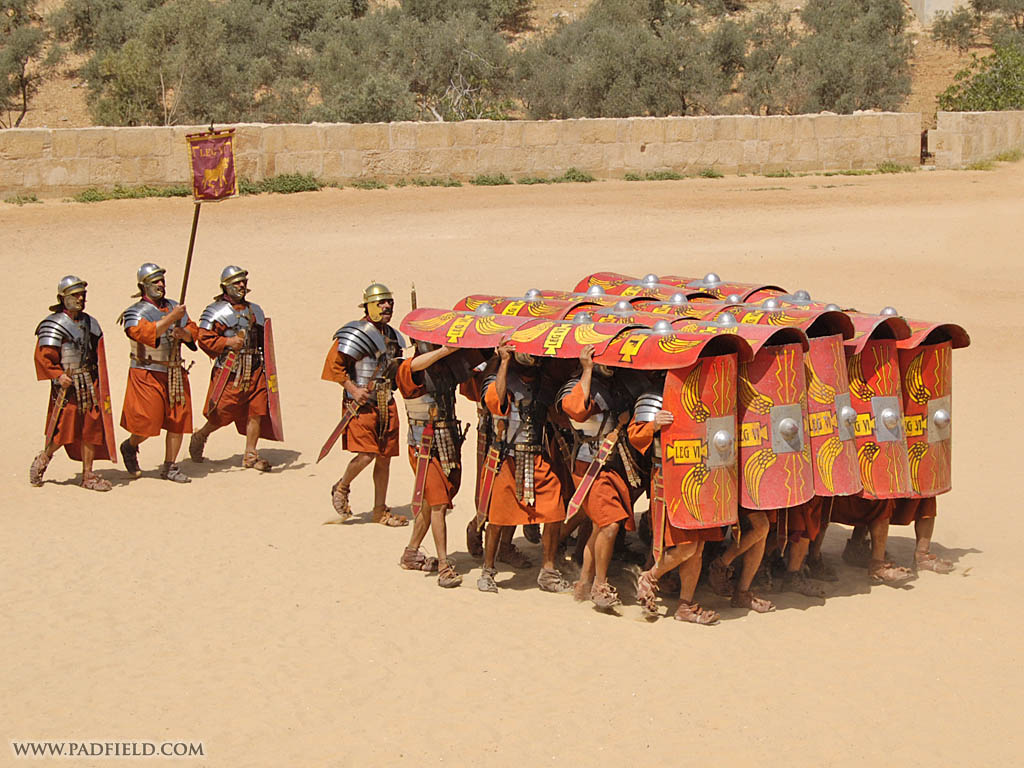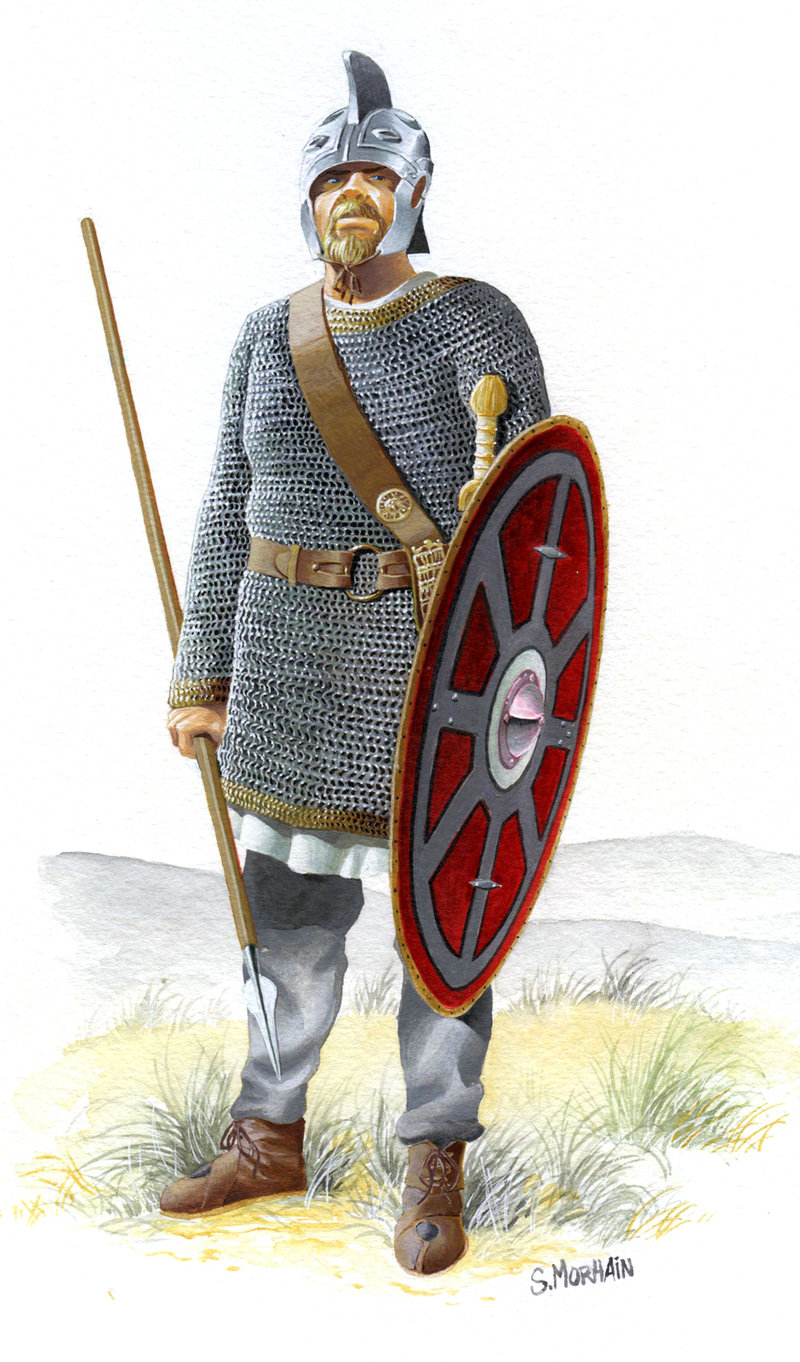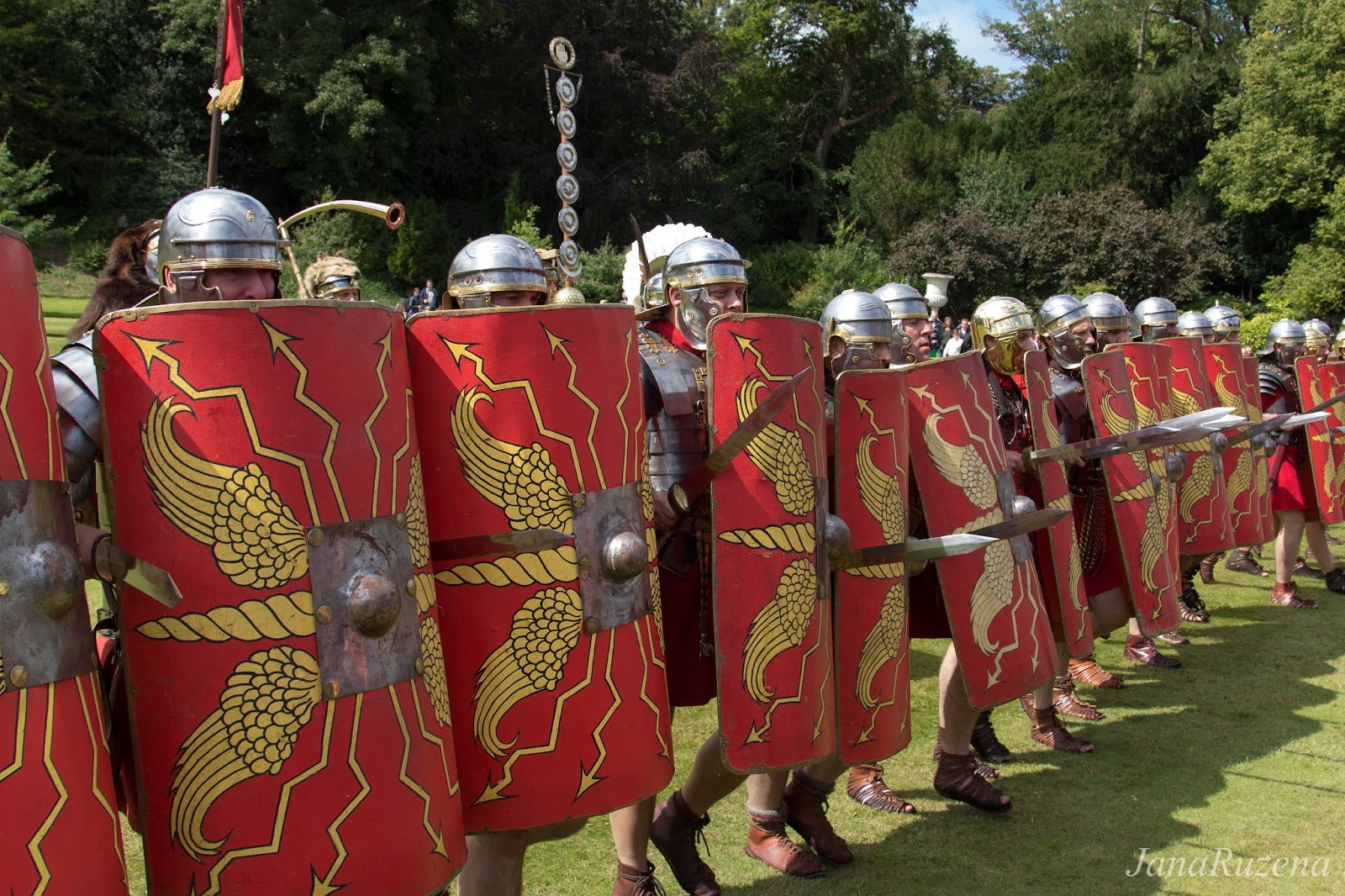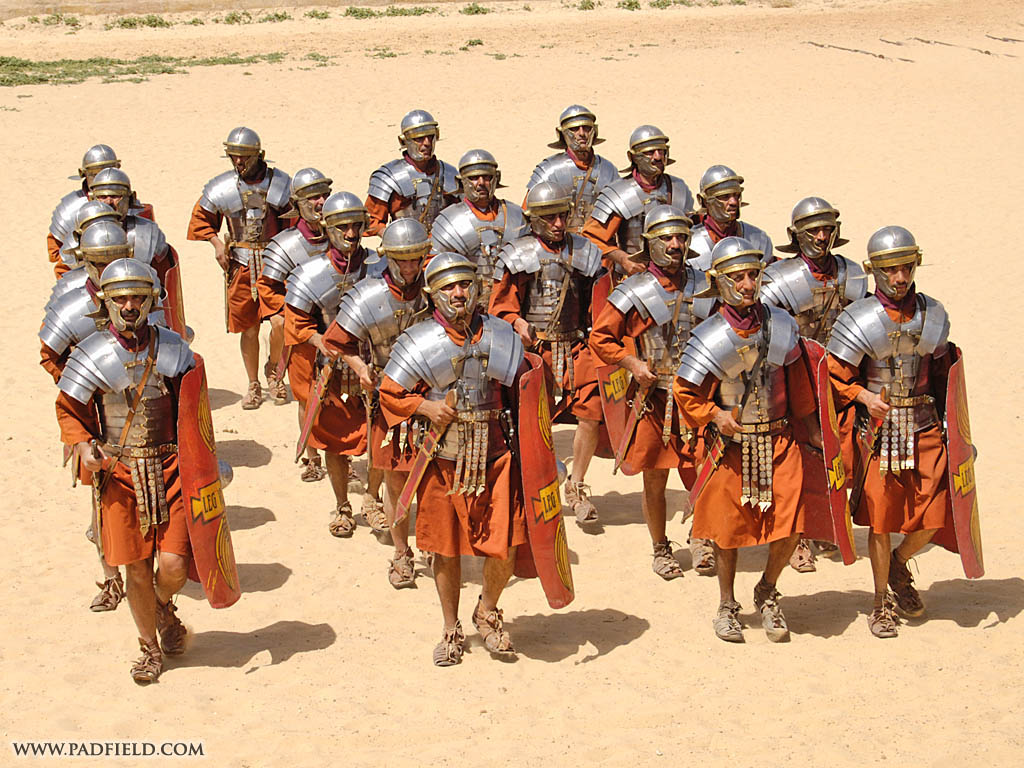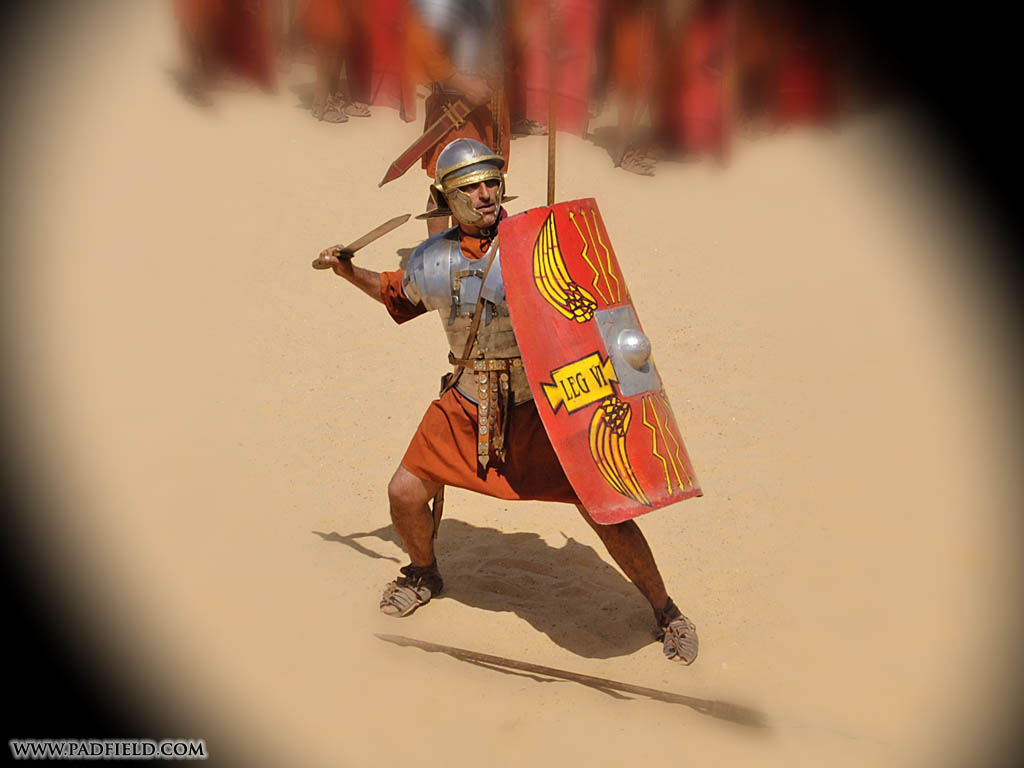-
Gallery of Images:

-
The Roman army was the backbone of the Roman Empire and one of the most successful armies in world history. It was welltrained, wellequipped, and wellorganized. In order to guard such a large empire, the army took advantage of well built Roman roads to move about the empire quickly. The Roman Empire saw one of the first truly professional armies in history, and became the inspiration for European armies that followed it. Though its officers didnt have the same titles as their modern counterparts, many of the same duties still needed to be fulfilled. This website and its content is subject to our Terms and Conditions. Tes Global Ltd is registered in England (Company No ) with its registered office at 26 Red Lion Square London WC1R 4HQ. Watch videoInfographic illustrating the structure of the Roman Army. Originally created as a video installation for the Vindolanda Museum at Hadrians Wall on the English The Roman Army was incredibly wellorganised, welltrained and highly disciplined. Only men were allowed to be Roman soldiers and they had to be Roman citizens and at least twenty years old. Click the link to find out some more information about Roman soldiers. The Roman army itself was the most feared army of that period and it too is a cause of fascination. Thankfully, due to the Romans writing a lot down, there are many sources (unlike in the Dark Ages for example) available to study how the Roman army worked. The Praetorian Guard was a specialized unit of the Roman army that acted as household troops to the emperor and his personal bodyguards. During the first century BC, the Praetorian Guard occasionally got involved in the process of appointing new emperors. Tombstone from Aquincum of an auxiliary cavalryman of Gallic (? ) origin, with a portraitbust and a relief of a groom and two horses below. Hungarian National Museum, Budapest. Welcome to the website of the Roman Military Research Society (THE RMRS). We are a UKbased group of history enthusiasts who research and perform practical experiments to recreate, as accurately as possible, Roman military and civil life. A Roman army unit is referred to as a legion and is commanded by a legatus. A full legion unit consisted of approximately 5000 to 600 soldiers. The unit is then further divided into cohorts and centuries. The Roman Army was a highly effective war machine that constantly adapted and evolved in order to defeat new rivals and conquer new territories, ensuring Rome remained the dominant superpower for. The Roman Army is recognised by historians as an extremely effective fighting machine. Ironically, its success also led to its downfall. The lowest level of soldier in the Roman Army was the legionnaire. In 105 BCE, an army of the Cimbri moved down the eastern bank of the Rhone to Aruasio, the furthest Roman outpost in Gaul. Mallius Maximus and proconsul Q. Servilius Caepio had an army of about 80, 000 and on October 6, 105 BCE, two separate engagements occurred. What was life like in the Roman army? Learn about Roman legionaries, what equipment they had, how they were trained and where they lived The Roman military was the most successful and powerful in history, dominating the Western world for over a thousand years. The size, strength and organization of their infantry force wouldnt be equaled again for another thousand years. Roman Army Talk has 5, 815 members. What follows are the guiding principles of Roman Army Talk, established almost twenty years ago on our international The Roman army was the most sophisticated armed force during its time. It was reformed several times in the course of history, and was finally disbanded in 476 A. , as a consequence of the fall of Rome. Follow Us: Roman Army Ranks in Order. Openminded discussion about topics relating to the Roman army. Research and reference to sources is encouraged. The Roman Army had strong, reliable and unceasing discipline when led properly. Soldiers could be demoted, whipped, fined, made to. The Imperial Roman army are the terrestrial armed forces deployed by the Roman Empire from about 30 BC to 476 AD. This period is sometimes split into the Principate (30 BC 284 AD) and Dominate ( ) periods. Roman Army A major theme of KS2 history is the Roman Empire. This is the first of four quizzes on the subject focussing in particular on the organisation and units. The spread of the Roman Empire was partly due to the fact that the Roman army was so well organised. At the time of its invasion of Britain, the Roman army was the most disciplined and efficient killing machine that the ancient world had ever known. The main battle unit of the Roman army, its soldiers were called legionaries. There were between 4, 000 and 6, 000 legionaries in a legion. legend A story made up about people in the past. Infographic illustrating the structure of the Roman Army. Originally created as a video installation for the Vindolanda Museum at Hadrian's Wall on the English Scottish border. Ironically it would be OIl the Eastern frontier that Roman soldiers wearing mail would face their greatest threat from the arrow' firing Parthians and later Persians, After allit was the mounted archers, 0 the Parthian 'army' which had destroyed a Roman I, rmy at Carrhae ill 5 3 B, C The Roman Army in the Late Republic and Early Empire. NB: Over the centuries, the Roman army changed and developed, and conditions often differed somewhat depending on the provinces where the troops were fighting and stationed. The Encyclopedia of the Roman Army is the most comprehensive reference available on the armed forces of ancient Rome. Our contributors have assembled over 1, 600 entries examining every detail concerning the Roman army during the Republic, Principate, and Late Antique periods. The armies of the Roman Empire were famous across the ancient world for their fighting ability. They were successful because they were very disciplined and well organized. New recruits were taught to march in step and move as a single unit, obeying trumpet signals on the battlefield. The Imperial Roman Army had to maintain order in a vast area with various different challenges and enemies. To adapt to these challenges a diverse force was needed, ranging from elite troops on the fringes of the Empire to firefighters within the walls of Rome. This is a list of Roman army unit types. Actarius A military or camp clerk. Adiutor A camp or headquarters adjutant or assistant. Aeneator Military musician such as a bugler. Agrimensor A surveyor (a type of immunes). Aquilifer Bearer of the legionary eagle. Introduction Legion Formations Gaps in the formation Alternatives to Gaps: Closing and ReOpening Them Elements of Roman Fighting The Infantry Fighting Model The Roman Camp Camp: The Hyginus Camp Description The Officers in the Army Formation (Under Construction) Legion Postings and Lifelines (Under Construction) Dont bother if a walker walking the length of the wall. We stopped by on a very hot day to be refused to get a cold drink or use the toilets unless paid full entrance fee. The Roman army was the backbone of the empires power, and the Romans managed to conquer so many tribes, clans, confederations, and empires because of their military superiority. It was also the source of the empires economic and political strength, ensuring domestic peace so that trade could. The Roman Empire was created and controlled by its soldiers. At the core of the army were its legions, which were without equal in their training, discipline and fighting ability. In the early days of Rome the army was made up of citizens who owned land. All Roman citizens between the ages of seventeen and fortysix could be called up to serve a short period in the army. This system had developed as a means of defending Roman territory from other groups in Italy. When Rome began expanding outwards, it was necessary to change the way the army was organised. The Roman army was the largest and meanest fighting force in the ancient world. One of the main reasons Rome became so powerful was because of the strength of its army. Military History, Roman History, Roman Army, Roman Epigraphy The Roman Army in Detail: The Contubernium tentparty or barrack room? Archaeologists routinely refer to the barrack rooms in Roman forts as contubernia, while historians often refer to. The Roman army is one of the most fascinating elements of ancient history. It was the military of ancient Rome which allowed it to rise above all others and dominate the Mediterranean basin for more than a millennium. Roman citizen, for his tribe (Fabia) is given (1. His unit and his rank, however, are not mentioned. The sums he received as stipendium are x L (l. The Roman army was made up of groups of soldiers called legions. There were over 5, 000 soldiers in a legion. Each legion had its own number, name, badge and fortress. There were about 30 legions around the Roman Empire, three of which were based in Britain at Caerleon, Chester and York. The Roman Army from the Reign of Diocletian until the Battle of Adrianople (Amsterdam 1998) [Dutch Monographs on Ancient History and Archaeology, 19. , La politica legislativa di Gordiano III. Le costituzioni ai militari, Koinonia 2 (1978) 4356. The Roman army is the military of ancient Rome, the forces used by the Roman Kingdom, Roman Republic and later Roman Empire. Its infantry for much of its history, was the Roman legion. The size of the army in the late Roman Empire was about 128, 000 179, 200 men. The Roman Army The Greek Phalanx Early Legions There changed to 3 lines of soldiers, the hastati in the front, the principes in the second row, and the triarii, rorarii and accensi at the back. By the size of the Roman army is meant the changes (increases and reductions) in the number of its contingents: legions, auxiliaries Praetorian cohorts, Urban cohorts, vigiles, and naval forces over the course of twelve centuries from 753 BC to AD 476 (the Fall of the Western Roman Empire The Roman army, famed for its discipline, organistion, and innovation in both weapons and tactics, allowed Rome to build and defend a huge empire which for centuries would dominate the Mediterranean world and beyond. The Roman army, arguably one of the longest surviving and most effective fighting forces in military history, has a rather obscure beginning. The Roman army under Augustus consisted of 25 legions (according to Tacitus). Each legion consisted of about 6000 men and a large number of auxiliaries. Augustus increased the time of service from 6 to 20 years for legionaries. Training in the Imperial Roman Army was a crucial and complex process that didnt just focus on the ability of the soldiers to fight in battle, but to succeed in enduring campaigns and thus maintaining the capabilities of the Empire to wage and win wars..
-
Related Images:



